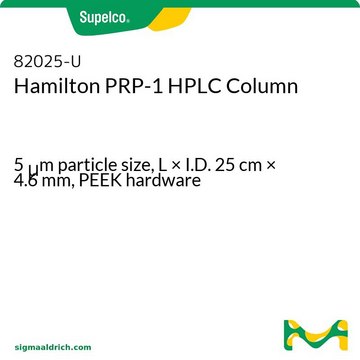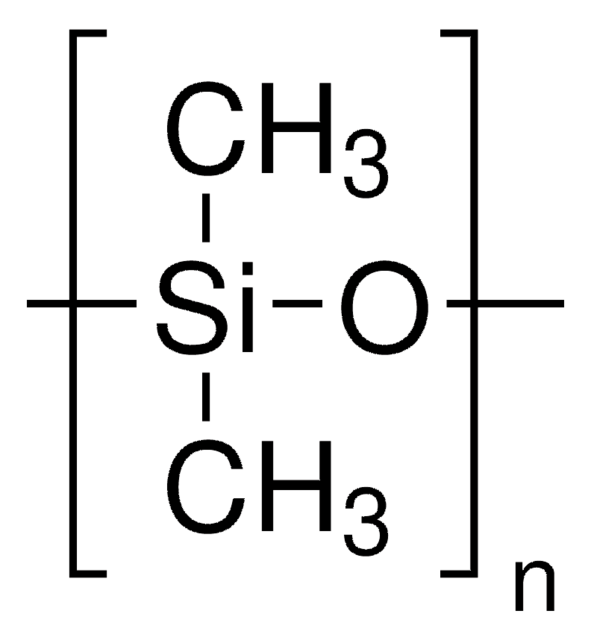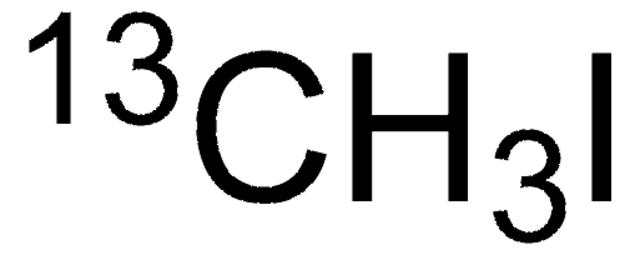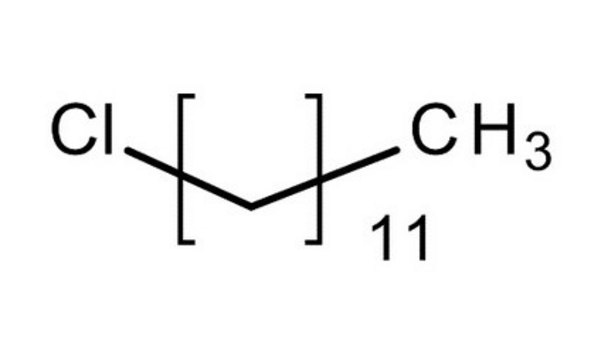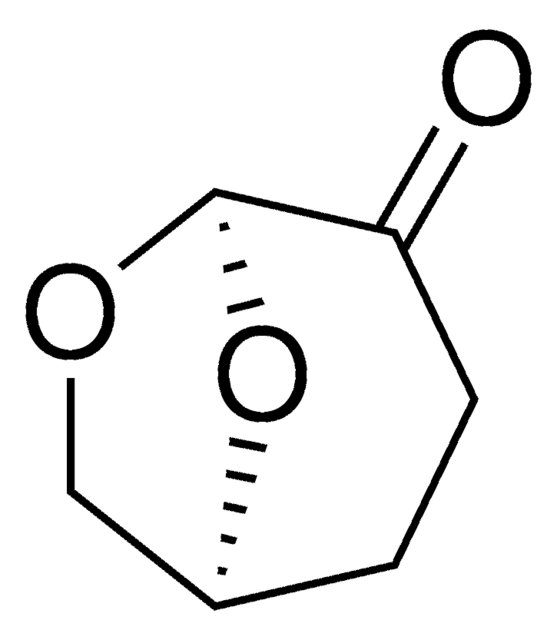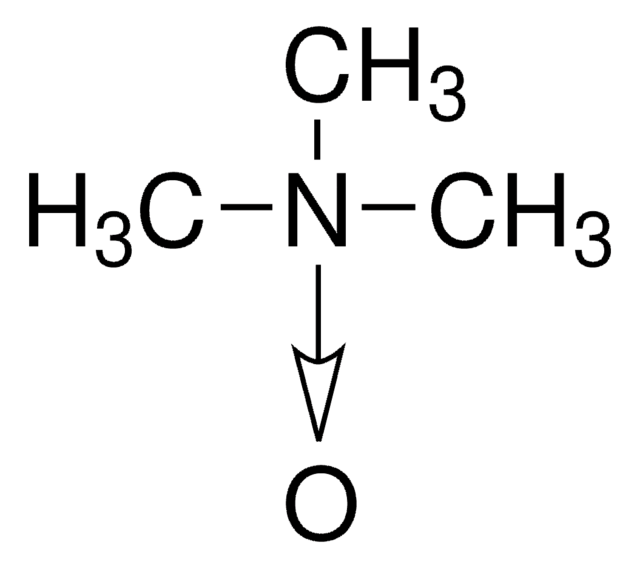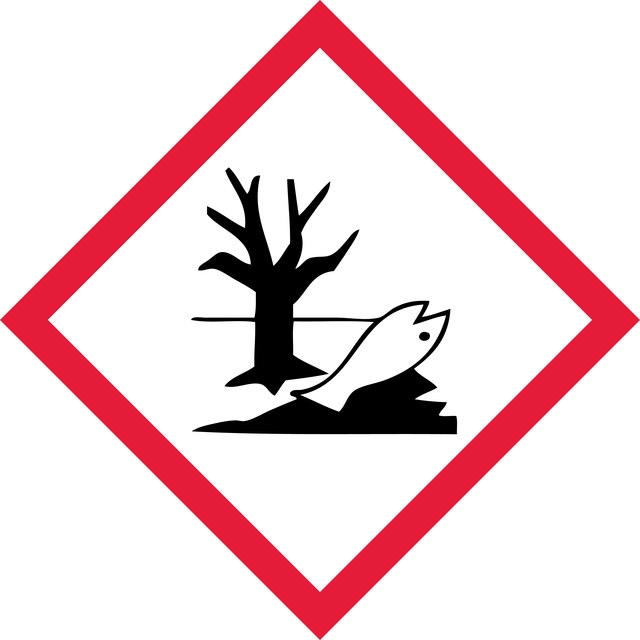24498
1-Chlorododecane
≥98.0% (GC)
Synonym(s):
Dodecyl chloride, Lauryl chloride
Sign Into View Organizational & Contract Pricing
All Photos(1)
About This Item
Linear Formula:
CH3(CH2)11Cl
CAS Number:
Molecular Weight:
204.78
Beilstein:
635778
EC Number:
MDL number:
UNSPSC Code:
12352100
PubChem Substance ID:
NACRES:
NA.22
Recommended Products
Assay
≥98.0% (GC)
form
liquid
refractive index
n20/D 1.443
transition temp
solidification point -15--10 °C
density
0.867 g/mL at 20 °C (lit.)
functional group
alkyl halide
chloro
SMILES string
CCCCCCCCCCCCCl
InChI
1S/C12H25Cl/c1-2-3-4-5-6-7-8-9-10-11-12-13/h2-12H2,1H3
InChI key
YAYNEUUHHLGGAH-UHFFFAOYSA-N
Looking for similar products? Visit Product Comparison Guide
Signal Word
Warning
Hazard Statements
Precautionary Statements
Hazard Classifications
Aquatic Acute 1 - Aquatic Chronic 1 - Skin Irrit. 2
Storage Class Code
10 - Combustible liquids
WGK
WGK 3
Personal Protective Equipment
dust mask type N95 (US), Eyeshields, Gloves
Regulatory Information
新产品
Choose from one of the most recent versions:
Already Own This Product?
Find documentation for the products that you have recently purchased in the Document Library.
M A Patrick et al.
Journal of bacteriology, 119(1), 76-81 (1974-07-01)
The effects of hydrocarbons and hydrocarbon derivatives as growth substrates on the polar lipid fractions of an Acinetobacter isolate were studied. Tetradecane, hexadecane, and octadecane resulted in the incorporation of substantial quantities of equivalent-chain-length fatty acids into cellular lipids. Cells
Paniz Sheikholeslami et al.
Experimental eye research, 137, 18-31 (2015-06-06)
The potential of hydrophobically-modified poly(vinyl pyrrolidone) as a shear-responsive, self-associative hydrogel for ophthalmic applications is demonstrated. Hydrophobic modification was achieved via random copolymerization of N-vinylpyrrolidone with N-vinylformamide, the latter of which can be hydrolyzed to expose a desired degree of
Andrei Filippov et al.
Magnetic resonance in chemistry : MRC, 53(7), 493-497 (2015-04-10)
We used (1) H nuclear magnetic resonance pulsed-field gradient to study the self-diffusion of polyethylene glycol (PEG) and ions in a mixture of PEG and imidazolium bis(mandelato)borate ionic liquids (ILs) at IL concentrations from 0 to 10 wt% and temperatures from
Our team of scientists has experience in all areas of research including Life Science, Material Science, Chemical Synthesis, Chromatography, Analytical and many others.
Contact Technical Service
